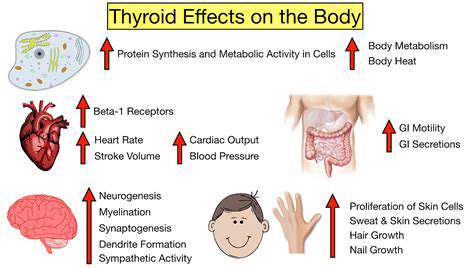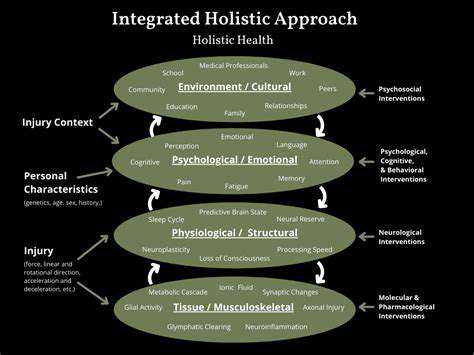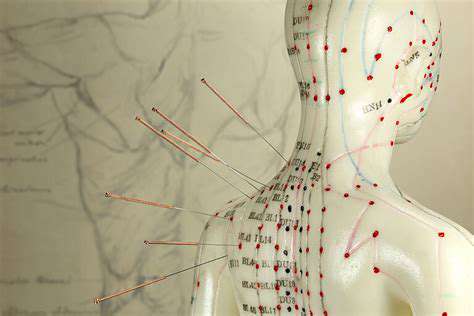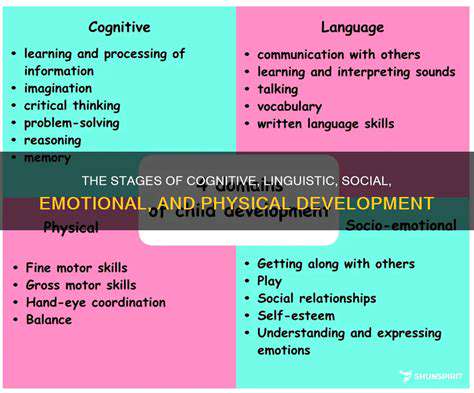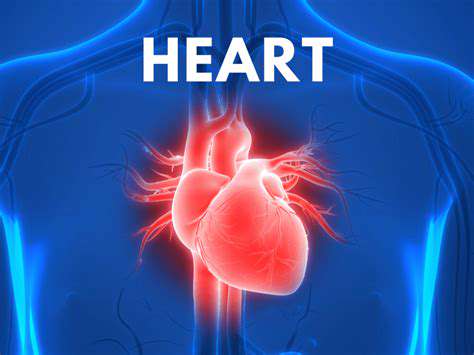Traditional Chinese Medicine for Stress Relief
Understanding the Principles of Acupuncture
This traditional healing modality operates on the concept of Qi (pronounced chee), the vital energy believed to circulate through defined channels called meridians. Practitioners insert hair-thin needles at precise anatomical locations to regulate energy flow and restore physiological harmony. Traditional Chinese Medicine views health as a state of balanced energy, where disruptions in Qi flow manifest as various symptoms or diseases. Acupuncture aims to correct these imbalances at their source rather than merely addressing superficial symptoms.
Contemporary interpretations suggest these meridians may correspond to fascial planes or neural pathways recognized in Western medicine. This blending of ancient wisdom with modern anatomical understanding continues to shape acupuncture practice today.
The Science Behind Acupuncture
While traditional explanations focus on energy flow, scientific investigations reveal measurable physiological effects. Research indicates acupuncture stimulates the release of endogenous opioids and activates specific brain regions involved in pain modulation. The treatment appears to influence autonomic nervous system activity, potentially explaining its effects on stress responses and various bodily functions. Neuroimaging studies show acupuncture can alter brain activity patterns in areas associated with pain perception and emotional processing.
Emerging evidence suggests acupuncture may exert anti-inflammatory effects and influence gene expression related to stress responses. These findings provide plausible mechanisms for acupuncture's reported benefits across various conditions.
Acupuncture for Stress Relief
Clinical observations and controlled studies suggest acupuncture can significantly reduce stress and anxiety symptoms. The treatment appears to regulate hypothalamic-pituitary-adrenal axis activity, helping normalize cortisol secretion patterns. Many patients report immediate relaxation during sessions, with cumulative benefits developing over multiple treatments. This calming effect makes acupuncture particularly valuable for individuals with stress-related sleep disturbances or tension-related pain.
The treatment's holistic approach addresses both physical tension and psychological distress simultaneously. Regular acupuncture sessions may help establish more balanced stress responses over time.
Acupuncture and Pain Management
Numerous clinical trials support acupuncture's efficacy for various pain conditions, from osteoarthritis to postoperative pain. The treatment appears to work through multiple mechanisms including local anti-inflammatory effects, central pain modulation, and improved microcirculation. Many medical institutions now incorporate acupuncture into comprehensive pain management programs, particularly for chronic conditions where conventional treatments provide incomplete relief.
Patients often report not just pain reduction but also improved mobility and decreased medication requirements following acupuncture therapy. These benefits typically require a series of treatments rather than a single session.
Safety and Considerations for Acupuncture
When performed by properly trained practitioners using sterile needles, acupuncture boasts an excellent safety profile. Minor side effects like temporary soreness or bruising occasionally occur, while serious complications remain extremely rare. Certain conditions require special precautions - patients with bleeding disorders or pacemakers should inform their acupuncturist before treatment. Pregnant women should seek practitioners experienced in prenatal acupuncture protocols.
A thorough health history review helps practitioners customize treatments appropriately. Open communication about medical conditions and treatment expectations enhances both safety and therapeutic outcomes.
Finding a Qualified Acupuncturist
Seeking treatment from properly credentialed professionals ensures both safety and therapeutic effectiveness. In most regions, licensed acupuncturists complete extensive training programs and pass rigorous certification exams. Many conventional healthcare providers now collaborate with acupuncturists, creating opportunities for integrated care approaches. Personal recommendations from trusted healthcare providers or satisfied patients can help identify skilled practitioners.
Initial consultations allow patients to assess a practitioner's communication style and treatment philosophy. A good therapeutic relationship enhances treatment compliance and outcomes.

